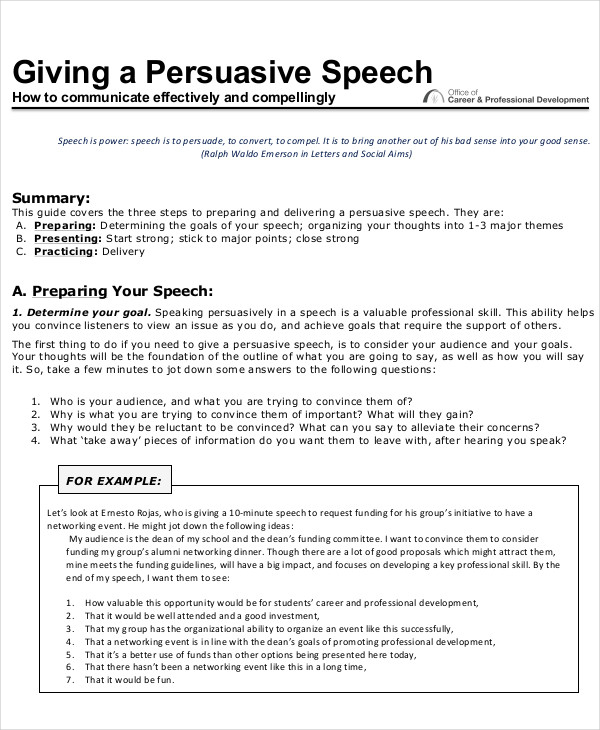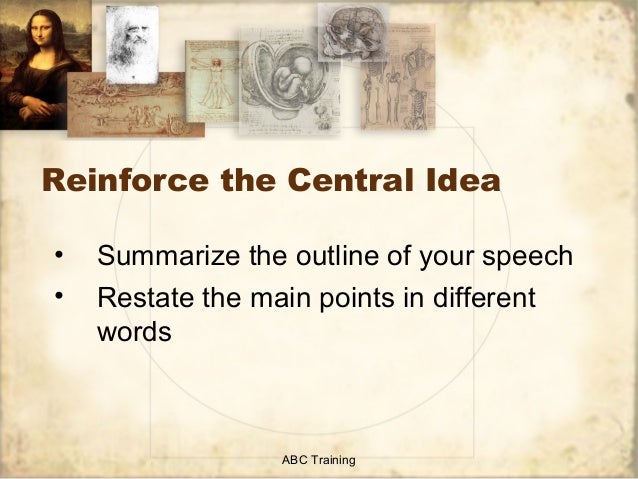


This inventory may seem long and intrusive, but digging a little deeper may help you find ideas and directions that are unique to you. To help generate some ideas for your speeches, complete the phrases and/or answer the questions in Figure 4.2 to see if any ideas can be generated from experiences or interests you may not have realized you had. Figure 4.2 is a list of prompts for this inventory. Being asked the right kinds of prompts can help you find ideas. You have much more going on in your brain and background than you can be conscious of at any one time. Retail stores do regular inventories to know what is “really there” in the stores. This would be a good place for you to do an inventory. If you start with ideas that reflect your interests and passions, that passion and commitment will come across in your speech and give you more credibility in the eyes of your audience and make your speech more interesting. These three elements are you (your interests, your background, past jobs, experience, education, major), your audience (which you learned to analyze in Chapter 2), and the context or setting (also discussed in Chapter 2).Īn old adage states, “Write about what you know.” In many ways, that is a great place to start with creating a speech, although you will need to consult other sources as well. The diagram in Figure 4.1 shows those three elements. In writing your specific purpose statement, you will take three contributing elements that will come together to help you determine your specific purpose. So if your first speech is an informative speech, your general purpose will be to inform your audience about a very specific realm of knowledge, for example, the history of NASA’s Shuttle program. A specific purpose statement builds on your general purpose (such as to inform) and makes it more specific (as the name suggests). Now that you know your general purpose (to inform, to persuade, or to entertain), you can start to move in the direction of the specific purpose.


 0 kommentar(er)
0 kommentar(er)
